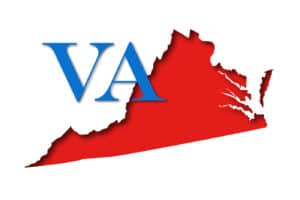The American Council for an Energy-Efficient Economy (ACEEE) last week released a new report entitled “What Have We Learned from Energy Efficiency Financing Programs?” that shows that energy-efficiency loan programs for building upgrades have exceedingly low default rates, ranging from 0 to 3 percent. The report uses findings from a review of 24 energy-efficiency loan programs in thirteen states, many of which provide multifamily assistance. The programs in the study have accounted for over $1.5 billion in lending. Key findings include:
- Most programs are not penetrating the market of potential customers;
- Some residential programs have high rates of application decline;
- Residential loan program participants tend to be “reactive;”
- Project bottlenecks sometimes occur due to burdensome and inflexible program requirements;
- Minimum program size can attract additional lenders;
- Good loan terms don’t assure the success of a program;
- The housing market crash has tightened the lending market;
- Some programs with interest rate buy-down have found the costs to be high; and
- There is a lack of uniform criteria for evaluating credit of small businesses and institutions.
According to the authors, providing data on default rates is a first step in building a more sophisticated lending environment for energy retrofits of residential and commercial properties. This report is part of a series being issued to facilitate improved energy efficiency financing programs that substantially increase the implementation of energy efficiency projects in the residential and commercial sectors. Previously released in the series, “Energy Efficiency Finance 101: Understanding the Marketplace” is an introduction to the field of energy efficiency finance, designed for those who are new to the field.
The full report is available for download on the ACEEE website; however, you must have a valid login in order to download the report.

